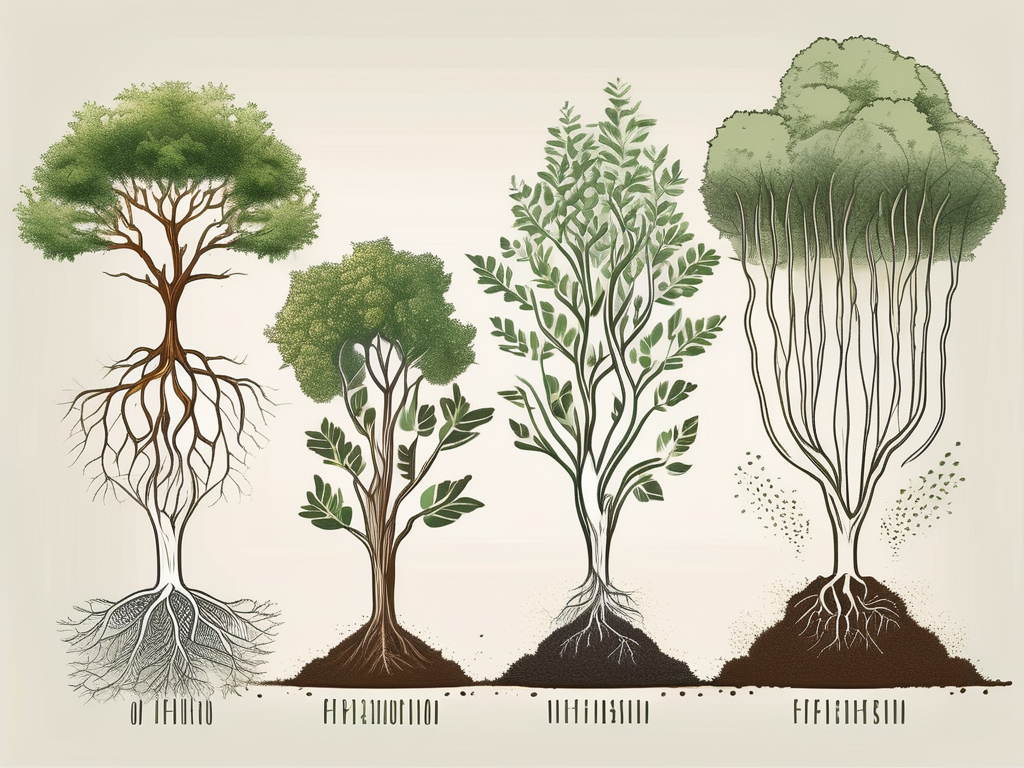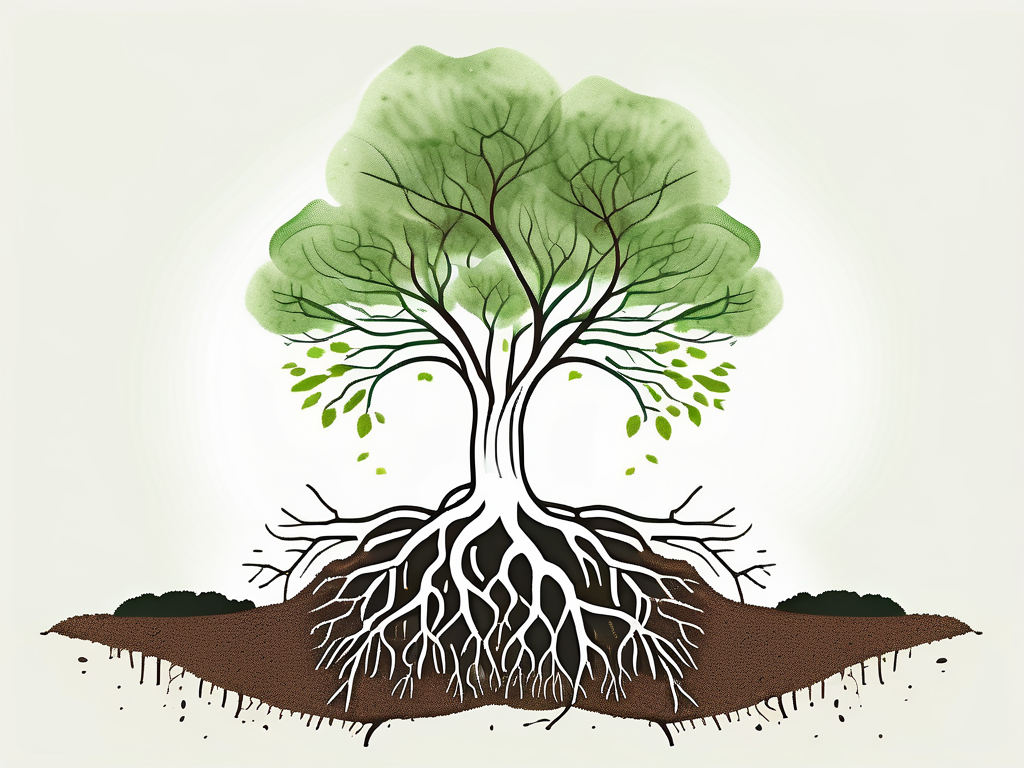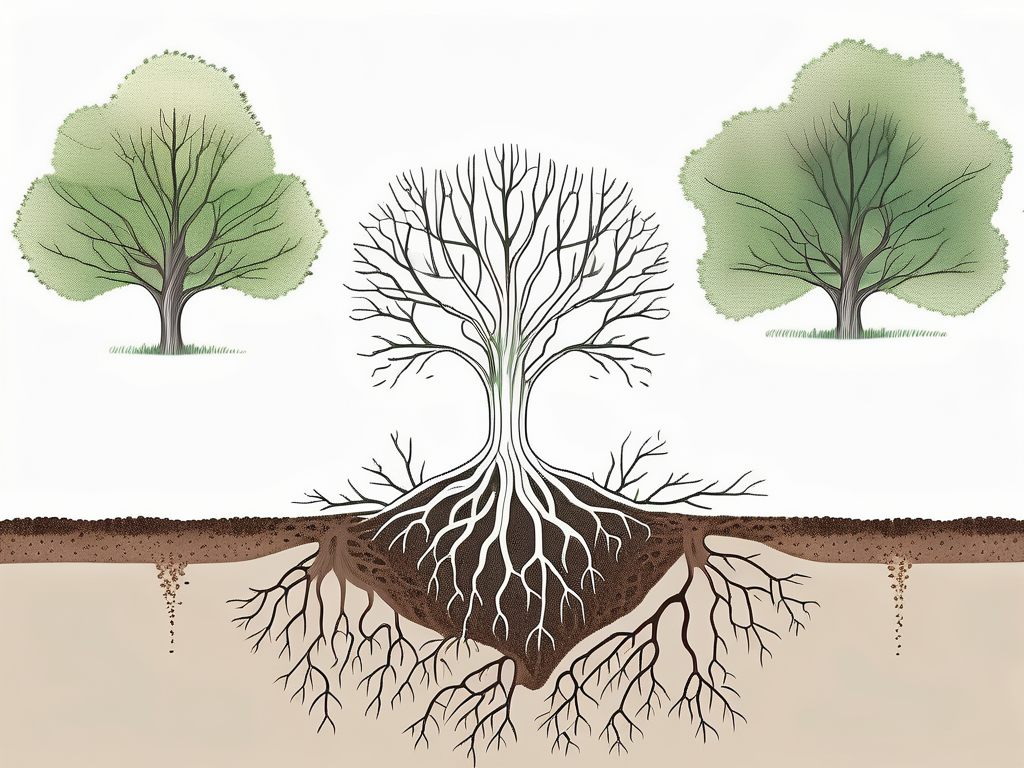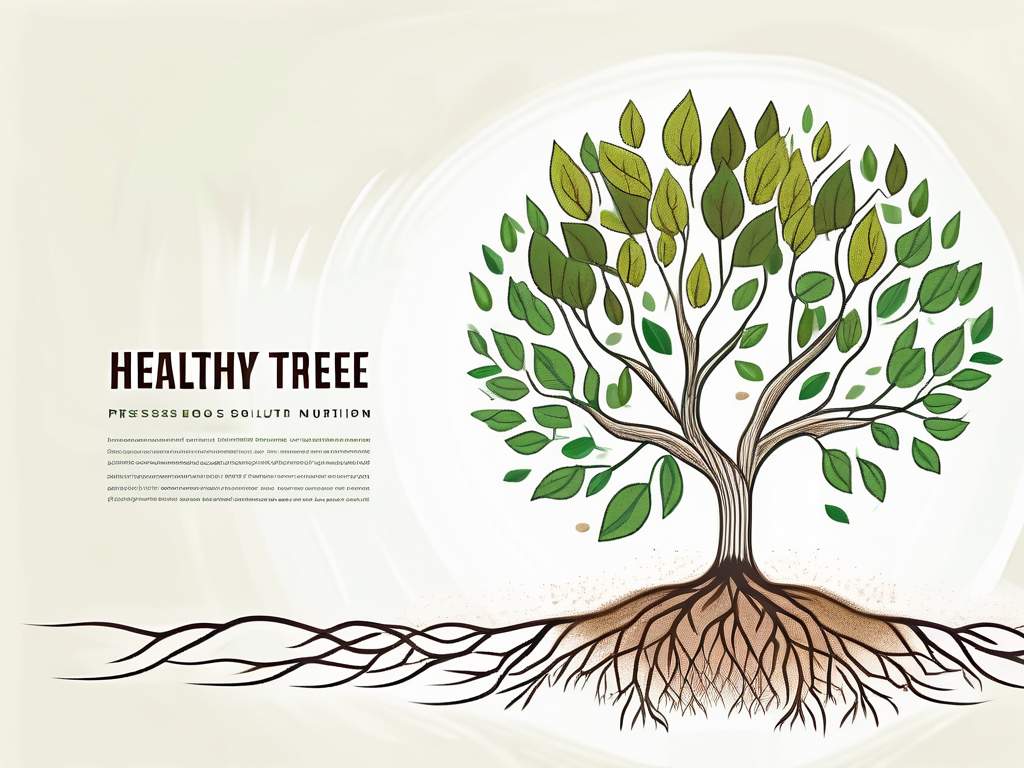The A-Z of Tree Fertilization: Boost Your Tree's Growth

The A-Z of Tree Fertilization: Boost Your Tree's Growth
Fertilizing your trees is an essential part of tree care. It not only promotes healthy growth but also enhances the overall appearance of your trees. This comprehensive guide will walk you through the A-Z of tree fertilization, providing you with the knowledge and tools to boost your tree's growth.
Understanding the Importance of Tree Fertilization
Before we delve into the specifics of tree fertilization, it's important to understand why it's crucial for your trees. Trees, like all living organisms, require nutrients to grow and thrive. These nutrients are often found in the soil, but sometimes, due to various factors such as soil composition and competition from other plants, trees may not get the necessary nutrients.

Fertilization supplements these nutrients, ensuring that your trees get all the necessary elements they need for optimal growth. It also helps to improve the soil structure, making it more conducive for root growth. Fertilizing your trees can lead to healthier, more robust trees that are more resistant to diseases and pests.
According to the tree care experts at 770-Tree-Guy, regular tree fertilization can significantly improve the lifespan and overall health of your trees. It's a small investment that can yield significant returns in the long run.
Identifying the Right Fertilizer for Your Trees
Not all fertilizers are created equal. Different trees have different nutrient requirements, and using the wrong fertilizer can do more harm than good. It's therefore essential to identify the right fertilizer for your trees.
The first step in this process is to conduct a soil test. This will give you a clear picture of the nutrient composition of your soil, helping you identify any deficiencies. Based on the results of the soil test, you can then select a fertilizer that supplements these deficiencies.
Generally, tree fertilizers are rich in three main nutrients: Nitrogen (N), Phosphorus (P), and Potassium (K). Nitrogen promotes leaf and stem growth, Phosphorus aids in root development, and Potassium improves overall plant health. The experts at 770-Tree-Guy recommend using a balanced fertilizer that contains all these nutrients unless your soil test indicates otherwise.
How to Fertilize Your Trees
When to Fertilize
The best time to fertilize your trees varies depending on the type of tree and its growth cycle. Generally, most trees benefit from fertilization in the early spring when they are entering a period of active growth. However, some trees, such as fruit trees, may benefit from additional fertilization in the late summer or early fall.

It's also important to note that newly planted trees should not be fertilized immediately. They need time to establish their root systems before they can handle the additional nutrients. The experts at 770-Tree-Guy recommend waiting at least a year before fertilizing new trees.
How to Apply Fertilizer
Applying fertilizer to your trees is a relatively straightforward process. The most common method is to spread the fertilizer on the soil surface, covering the area under the tree's canopy. This is known as broadcasting. The fertilizer is then watered in to help it penetrate the soil.
Another method is to drill holes in the soil and fill them with fertilizer. This is known as deep root fertilization and is particularly effective for mature trees with deep root systems. It's a more labor-intensive method but can yield better results.
Regardless of the method you choose, it's important to follow the manufacturer's instructions regarding the amount of fertilizer to use. Over-fertilization can be harmful to your trees and the environment.
Tree Care Advice
Beyond fertilization, there are several other steps you can take to ensure the health and longevity of your trees. Regular watering, proper pruning, and pest management are all essential aspects of tree care.

Watering should be done deeply and infrequently, as this encourages the development of a deep root system. Pruning should be done in the late winter or early spring when the tree is dormant. And pest management should involve regular inspections and prompt treatment if any pests are detected.
Remember, tree care is a long-term commitment. With the right care and attention, your trees can provide beauty, shade, and habitat for wildlife for many years to come.
Article Summary
- Tree fertilization is an essential part of tree care that promotes healthy growth and improves resistance to diseases and pests.
- Identifying the right fertilizer for your trees involves conducting a soil test and choosing a fertilizer that supplements any nutrient deficiencies.
- The best time to fertilize most trees is in the early spring, although some trees may benefit from additional fertilization in the late summer or early fall.
- Fertilizer can be applied by broadcasting it on the soil surface or by deep root fertilization.
- Other important aspects of tree care include regular watering, proper pruning, and pest management.
In conclusion, tree fertilization is a simple but effective way to boost your tree's growth and overall health. With the right knowledge and tools, you can ensure that your trees thrive for many years to come.

